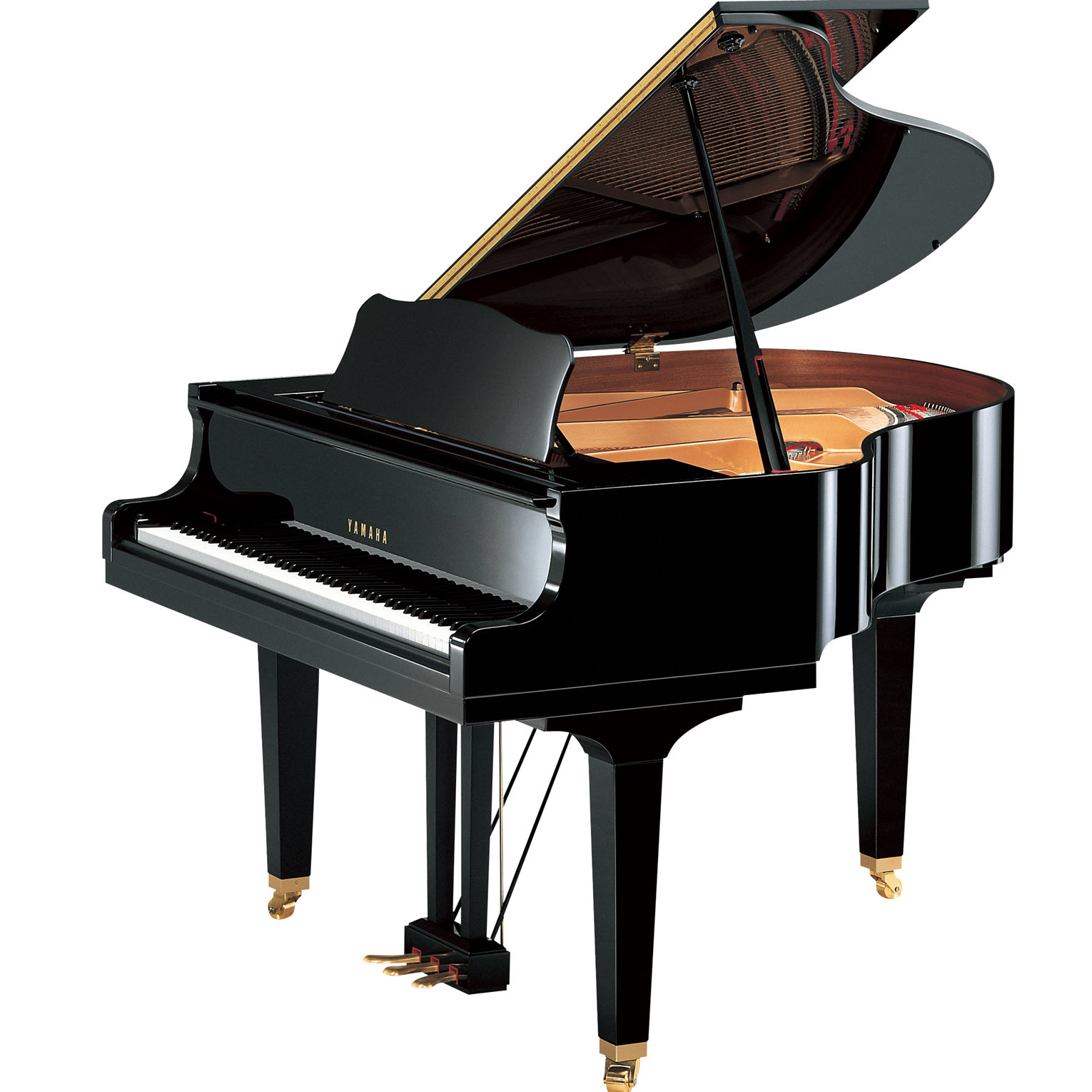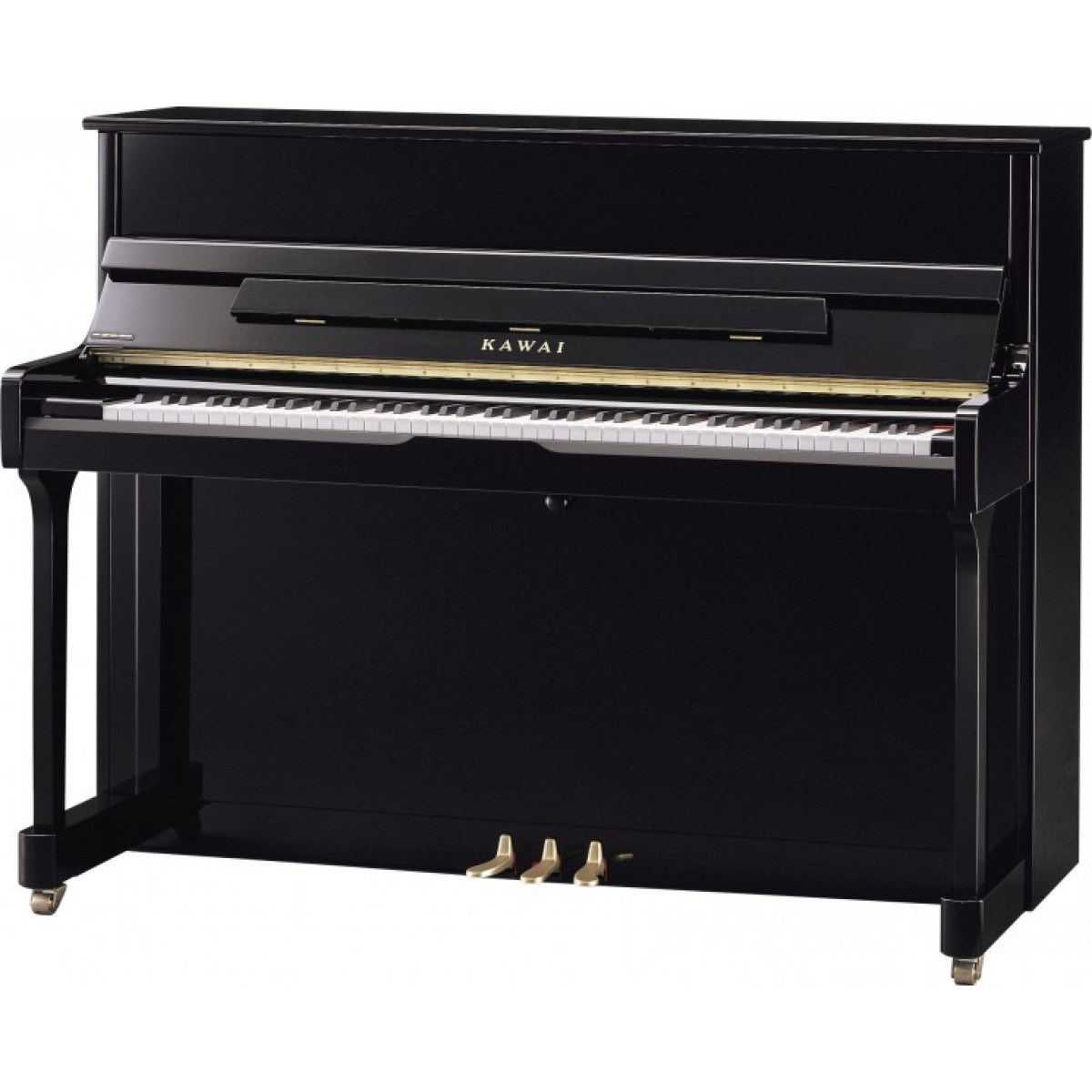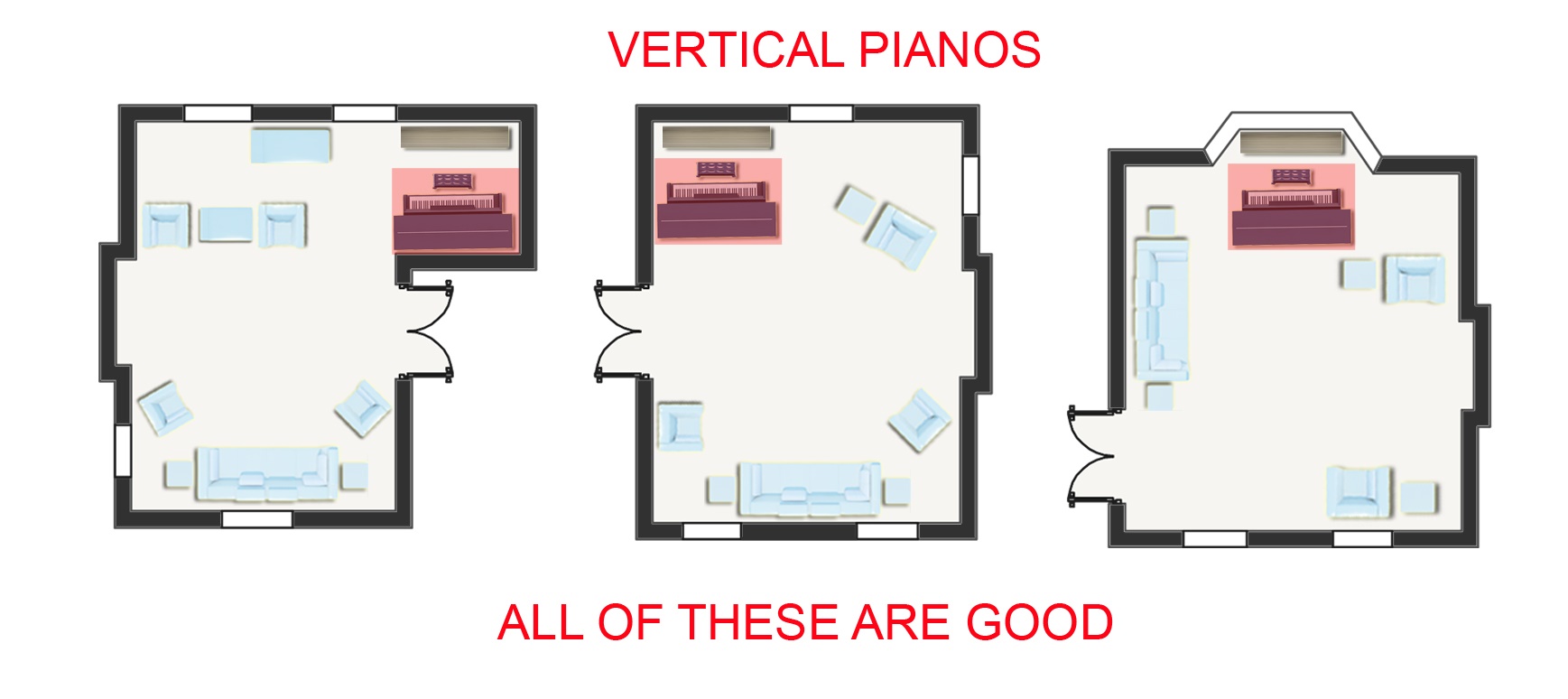

- Upright piano with 2 windows on top full#
- Upright piano with 2 windows on top software#
- Upright piano with 2 windows on top plus#
(The "flat response" bit is important because most speakers and stereo systems color the audio on purpose to make it "sound good" to its intended market. Essentially, those are loudspeakers which have a flat response. The monitoring equipment you'll need includes high-quality studio headphones and, ideally, a set of studio monitors. All will be capable of producing a high-quality piano recording. are included in a DAW.) There are many DAWs out there.

All kinds of editing features, special effects, sequencing, etc.
Upright piano with 2 windows on top software#
The DAW (digital audio workstation) is a multitrack recorder + mixer in software form. It also handles the analog-to-digital and digital-to-analog conversion that you will need. It will also provide audio outputs so you can connect your monitoring equipment. (Bathroom reverb is way too much walk-in closet reverb is way too little.)Īn audio interface will provide the audio inputs, preamps, and phantom power you need to connect your microphones to your computer and get them working. Some sound absorption (the foam wedges or pyramids) to tame higher frequency reflections is usually a good thing, but some natural reverberation is desirable. (Your eyes and ears can focus microphones, like cameras, get everything.) You'll want good sound diffusion, which is caused by having objects with lots of irregular surfaces. The room should be reasonably sound proofed so things like trains, birds, garbage trucks, neighborhood children, etc. They'll also help to build up low frequency resonances, which you won't want on your recording. If you have walls or other flat surfaces too close to the piano, sound will reflect too much and smear the recording. Room height is as important as the other two dimensions. The room needs to be large enough to allow the piano to "breathe".
a computer with a DAW (recording software) installedĪ room with great acoustics is, to some extent, subjective. an audio interface (think "professional sound card"). at least a couple condenser microphones. The minimum components you need to do this well are: you want to make a high quality recording of an acoustic piano performance.  by complete beginner, you mean a beginner at recording, not playing piano. Given the virtual impossibility of ever getting near one of these two pianos yourself, this instrument provides a remarkable way to get the sounds of The Beatles’ piano – the actual one they played – in your productions.This is a really broad question, so I'll touch on all the parts only briefly. It’s difficult to compare them to other pianos because, as noted earlier, you’re playing a model of piano, a specific piano in a specific room and which has been modified over the years.Īs such these are some pretty special instruments with a sound that’s been lovingly crafted and is not available anywhere else. It’s even possible to change the listener perspective, although this does involve digging into Kontakt’s back end setup screen a little.Ī Piece of History These two pianos – three if you count the harder-edged and more jangly Challen Tack version of the Challen – sound flawless. An amplitude knob lets you bring the whole curve up or down while keeping the curve’s shape intact. In the centre, a velocity curve readout can be manually adjusted by dragging with the mouse to change velocity responsiveness, and there are presets available.Ī Dynamic Range control is a nice addition that lets you set either a more uniform volume for all velocity layers, or create a setup where softer velocities are quiet and higher velocities much louder. These are, after all, vintage instruments. Set low, you get very attack-heavy notes, and set higher, a softer effect.Īt the top right of the interface, a large mono / stereo switch lets you flip between the two and while mono “real” pianos sound quite different to stereo ones, you might want to use mono pianos to fit in with the style of the music you are making. To the left are three further dials, the first of which is Sample Start and which lets you alter the amount of attack in the notes by setting how quickly or how late into the sample the sound begins. This section can be switched to show effects such as stereo width, saturation and filtering, each with their own controls.
by complete beginner, you mean a beginner at recording, not playing piano. Given the virtual impossibility of ever getting near one of these two pianos yourself, this instrument provides a remarkable way to get the sounds of The Beatles’ piano – the actual one they played – in your productions.This is a really broad question, so I'll touch on all the parts only briefly. It’s difficult to compare them to other pianos because, as noted earlier, you’re playing a model of piano, a specific piano in a specific room and which has been modified over the years.Īs such these are some pretty special instruments with a sound that’s been lovingly crafted and is not available anywhere else. It’s even possible to change the listener perspective, although this does involve digging into Kontakt’s back end setup screen a little.Ī Piece of History These two pianos – three if you count the harder-edged and more jangly Challen Tack version of the Challen – sound flawless. An amplitude knob lets you bring the whole curve up or down while keeping the curve’s shape intact. In the centre, a velocity curve readout can be manually adjusted by dragging with the mouse to change velocity responsiveness, and there are presets available.Ī Dynamic Range control is a nice addition that lets you set either a more uniform volume for all velocity layers, or create a setup where softer velocities are quiet and higher velocities much louder. These are, after all, vintage instruments. Set low, you get very attack-heavy notes, and set higher, a softer effect.Īt the top right of the interface, a large mono / stereo switch lets you flip between the two and while mono “real” pianos sound quite different to stereo ones, you might want to use mono pianos to fit in with the style of the music you are making. To the left are three further dials, the first of which is Sample Start and which lets you alter the amount of attack in the notes by setting how quickly or how late into the sample the sound begins. This section can be switched to show effects such as stereo width, saturation and filtering, each with their own controls. Upright piano with 2 windows on top plus#
There’s a reverb fader too, with seven impulse responses to choose from plus an EQ section to the right with low, mid and high dials for tailoring the sound.
Upright piano with 2 windows on top full#
Let it Be By blending two or three of the mixes you can get a really full sound, or strip it back by just using a single mix.







 0 kommentar(er)
0 kommentar(er)
